Botrychium lunaria has a circumpolar distribution in the northern hemisphere. Coming from New England, I think of it as a rare and hard to find species. To my delight, it was extremely abundant around Schynige Platte in the Swiss Alps. Once we spotted one plant we began to notice them everywhere.
For further details on the habitat and distribution of B. lunaria see Art Gilman’s extensive conservation and research plan prepared for The New England Wildflower Society http://www.newfs.org/docs/pdf/Botrychiumlunaria.PDF
Collection Data (M. Sundue s.n.)
Classification & Common Names
- Class: Polypodiopsida
- Family: Ophioglossaceae
- Genus: Botrychium Sw.
- Species: Botrychium lunaria (L.) Sw.
- Var./Subsp.:
- Common name(s):
General Collection Data
- Date: 15-VI-2014
- Primary Collector & #: M. Sundue s.n.
- Collection Party: M. Sundue, S. Noben, K. Maul, A. Weigand
- Det. History: M. Sundue
- Habitat: Alpine meadow
- Habit: Terrestrial
- Specimen Locations: VT
Additional Comments
Collection Location
- Location: Schynige Platte – – Gündlischwand – – Switzerland.
- Coordinates: 46.6527,7.9111
- Elevation: 2000 m

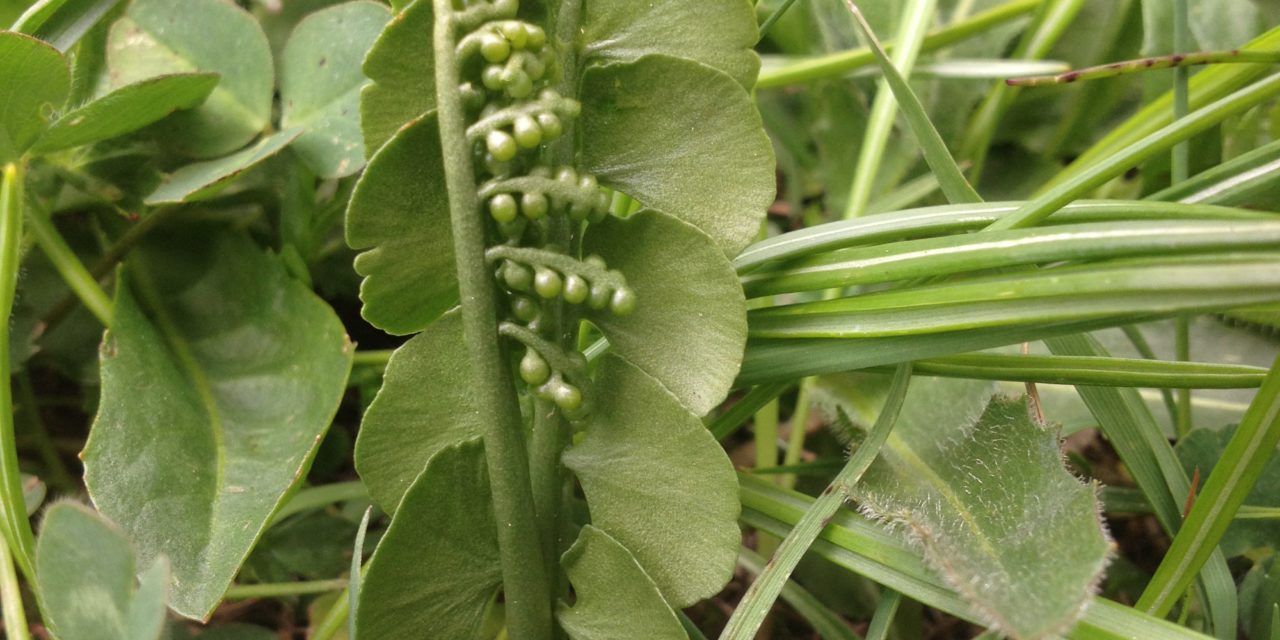
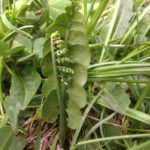
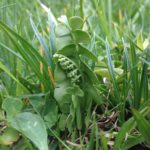
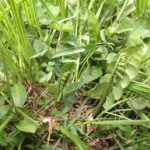

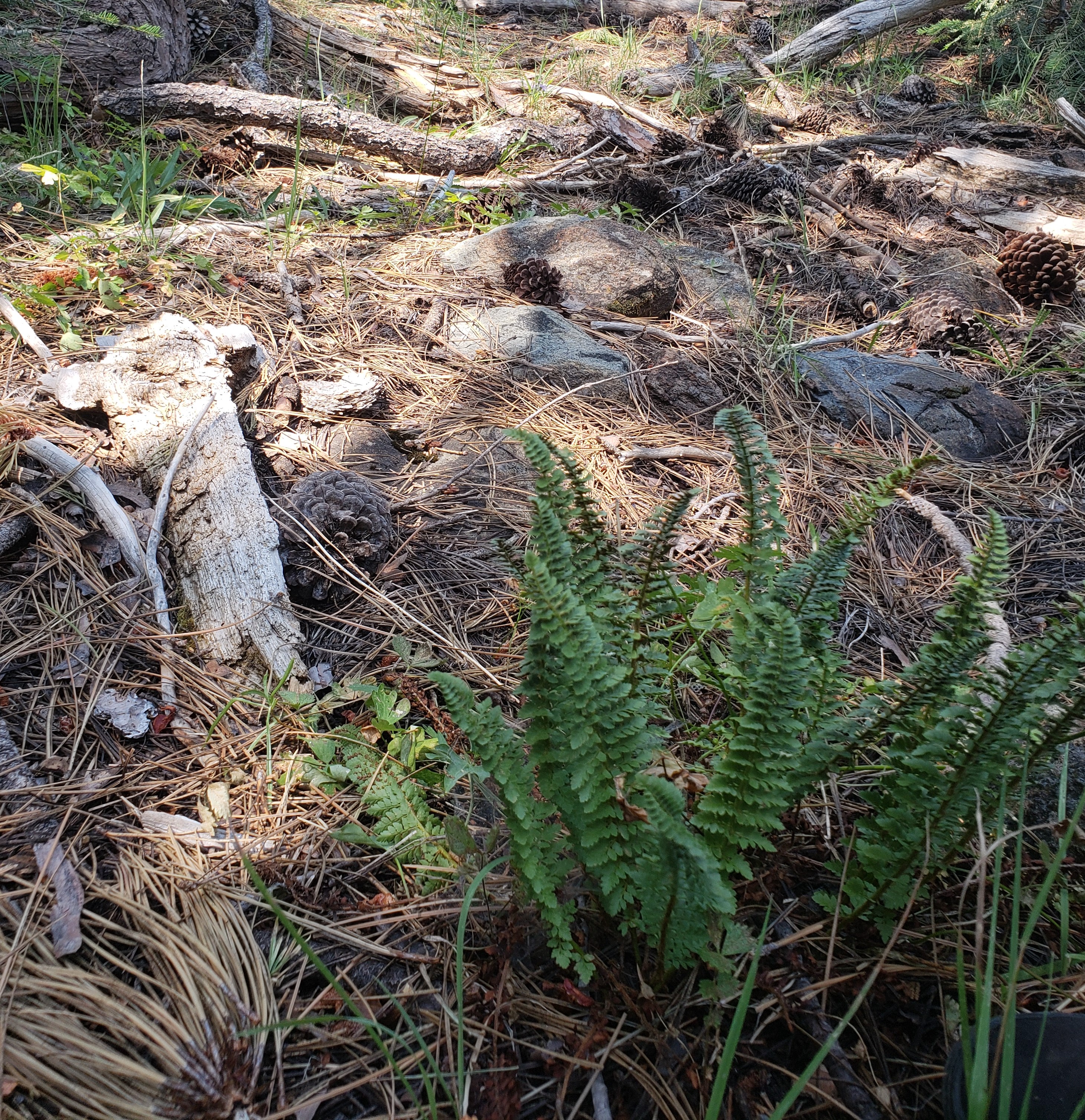
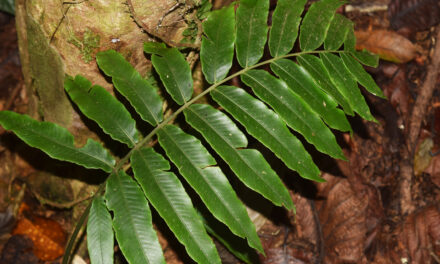
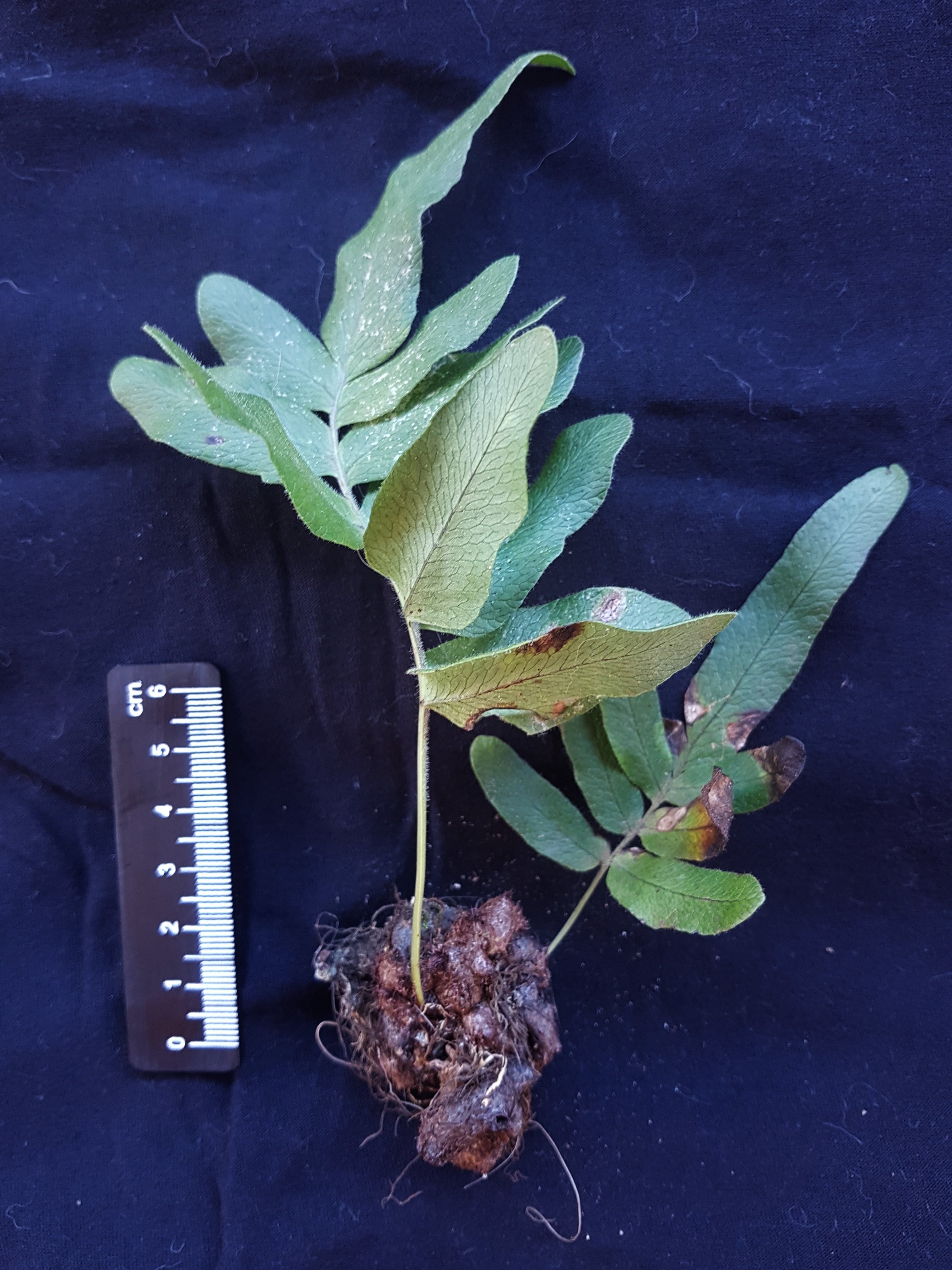
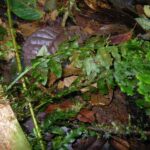
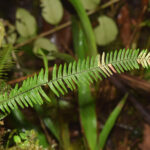
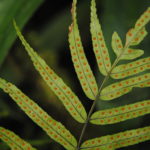
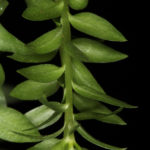
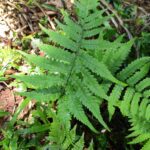
Also lot of great information on the Botrychium lunaria complex on Don Farrar’s page:
http://www.public.iastate.edu/~herbarium/botrychium.html
Thanks for pointing that out! I believe this plant would be recognized as B. neolunaria sp. nov. ined. following Don’s treatment. He points out that Stensvold concluded that the North American populations are genetically distinct from those of Europe.
Michael – this plant is probably B. lunaria s.s. because that species is based on a Linnaean type which is presumably European. In North America, B. lunaria s.s. is very rare and restricted to montane regions in the far north. Botrychium neolunaria seems to be the most widespread North American taxon in this immediate group; B. tunux and B. yaaxudakeit are also present. Botrychium onongadense is also in this group, but I believe Stensvold treated it as a synonym of B. neolunaria. I have only seen B. neolunaria in life.